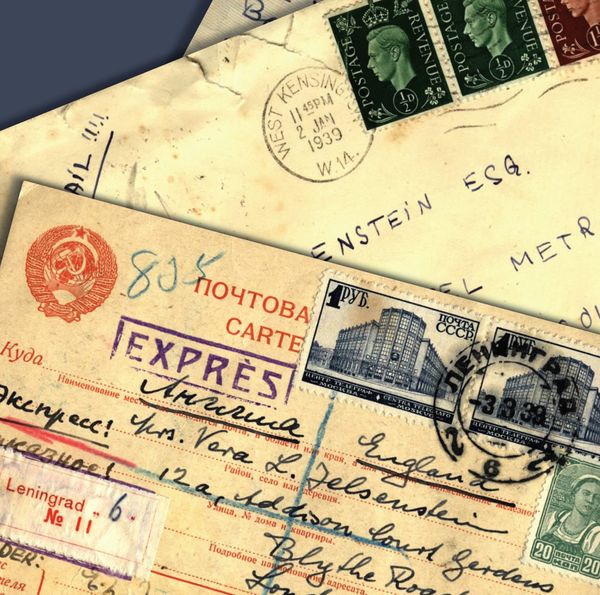The Makings and Remakings of The Juggler of Notre Dame, A Medieval Miracle of the Virgin and Its Modernization: An Anthology
Literary and Cultural Studies
By Jan M. Ziolkowski
Hear ye, hear ye! This is not to announce that a court is in session but that a story book is nearly ready to be opened. Reading the Juggler of Notre Dame: Medieval Miracles and Modern Remakings, by Jan M. Ziolkowski, is forthcoming. Much more than a complement to the six volumes of The Juggler of Notre Dame and the Medievalizing of Modernity by the same author that were published in 2018, this anthology offers a wealth of material about the same story.
Centuries-old tales can facilitate time travel while enabling interpreters to grapple with all sorts of issues about the permanence or the permutation of human nature. In this case, the account at the bottom of it all can be traced back much more than a half millennium, as far as early thirteenth-century France. The story of the jongleur or juggler of Notre Dame tells of a performer who resolves to leave the entertainment world and to become a monk. Once in the monastery, the poor fellow doubts his decision. He knows nothing about liturgy, Latin, or monasticism, and he feels hopelessly unsuited to his new way of living. Eventually he consoles himself by slipping down to the crypt, where he performs his routine before an image of the Virgin Mary. His colleagues become aware of his custom, find it outlandish, and bring the abbot to witness his blasphemy. But lo and behold! the Virgin appears and comforts him. The erstwhile entertainer becomes almost a saint in their eyes.
What motivated the poem and preaching that purveyed this tale? Was it based on a real-life episode, or did someone dream it up? The first half of this collection offers translations into English, from originals in French, Latin, Galician-Portuguese, German, Persian, and Hungarian, from Roman times down through the mid twentieth century, to enable reading, learning, and teaching about folklore and learned, oral and written, European and non-European, and all sorts of other categories that have too often been made into simple dichotomies. Notes provide help with everything that could be unfamiliar and trip up readers about these texts and the contexts they describe. Most of this part offers its audience exposure to the wonderful variety of culture in medieval western Europe, with episodes depicting a broad spectrum of life. We see miracles involving the mysterious statues known as black Virgins, miraculous candles that levitate, young girls with a weakness for dance, and bearded ladies who raise fundamental questions about gender, alongside superannuated Roman mime-players, Persian harpers, Hasidic whistling boys. At the same time, we brush up against holy fools from multiple religious traditions. The anthology reveals much about folklore, the symbolism of medieval art, miracles of the Virgin across the ages, medieval jongleurs and jugglers, and dance.
The second portion of the book enables readers to follow initially, step by step, the recovery of the medieval poem in France by professional medievalists, the attempts to popularize it by an independent scholar, and its passage into poetry, prose fiction, and opera. The most famous figure of French literature in this stage is Anatole France, the Nobel prize-winner. The focus then shifts from Europe to the United States, with a succession of poets such as Katharine Lee Bates (author of “America the Beautiful”), historians such as Henry Adams, children’s book writers, and radio narrators who assimilated the story to the ambience of America in the first half of the twentieth century. In this new setting the story was usually entitled Our Lady’s Tumber. The anthology is capped by verse by Irish, Anglo-American, and American poets, including W. H. Auden.
The volume offers those who wish to learn and teach from it the chance to explore the cultures of both western Europe in the Middle Ages and medievalism on both sides of the Atlantic in the nineteenth and twentieth centuries. More broadly, it positions its users to delve into big questions about narrative. For a start, what makes for a good miracle—or a good yarn? Then, what makes a story achieve popularity in one time and place but not in another? Finally, what is next for the juggler of Notre Dame: will it live on only in children’s books, or will it have a new lease on life?
Reading the Juggler of Notre Dame: Medieval Miracles and Modern Remakings by Jan M. Ziolkowski is an Open Access title available to read and download for free below.





